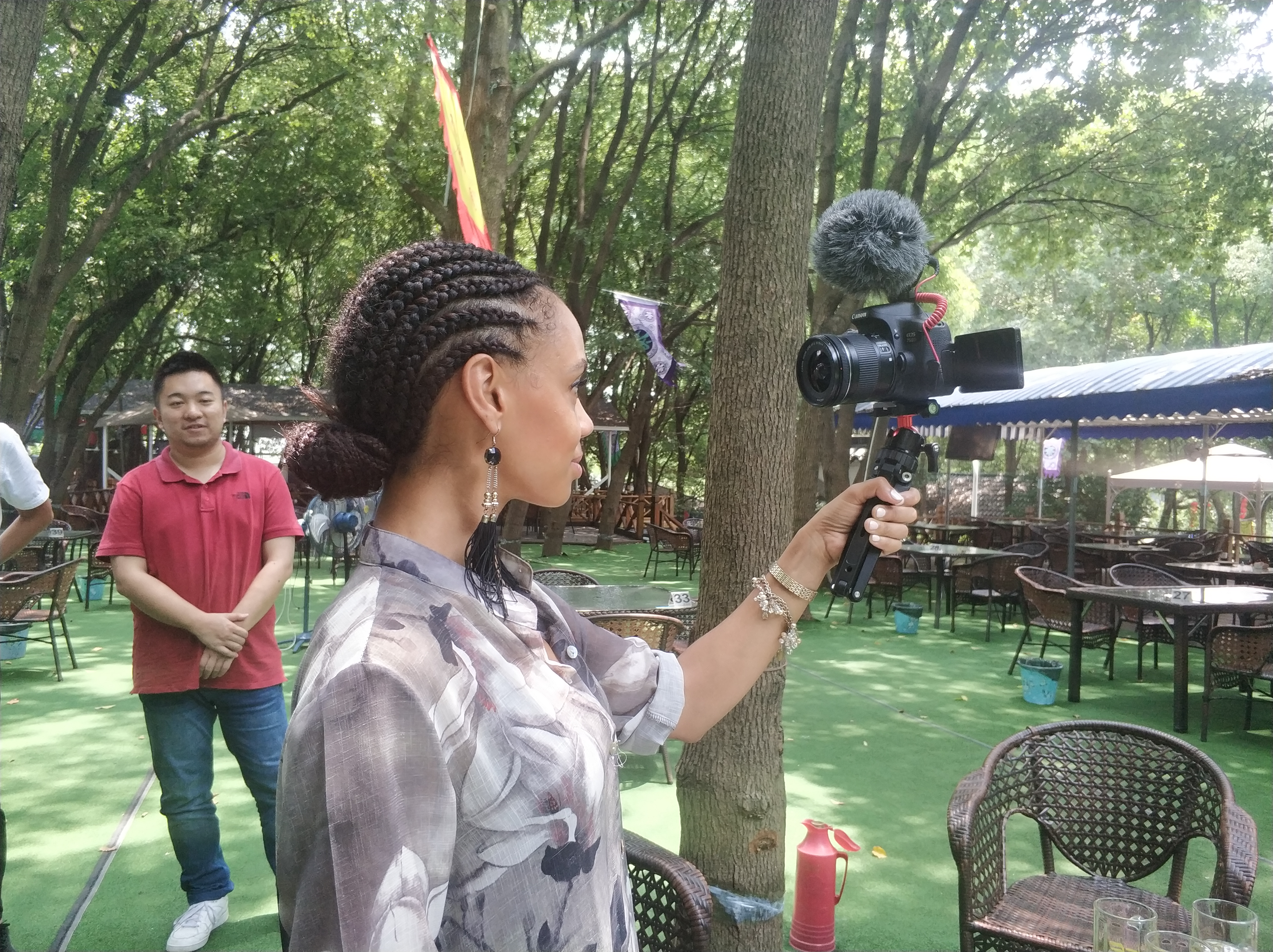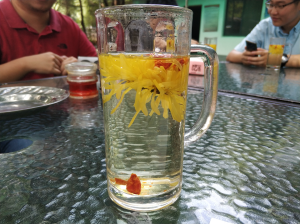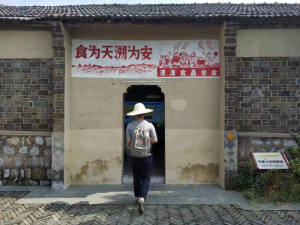Hannah Ryder, CEO Development Reimagined explores how one village in China, that initially grew just one crop, has cut poverty in just a decade… but will it last? Can the same be done elsewhere?
Watch her vlog to find out!
Shanlian, a village outside Wuxi in Jiangsu Province of China, has recently gained national prominence. In about a decade, this village of 7,000 more than tripled its per capita income from under $4 a day to over $13. This remarkable feat provokes questions not just related to poverty in China, but beyond, to those living in poverty globally.
Poverty alleviation, particularly for rural populations, has a checkered history internationally. Between the 1960s and 1970s, Tanzania implemented one of Africa’s most famous poverty reduction projects: ujamaavillages. Founded on the basis of a revolutionary African socialism articulated by Mwalimu Julius Nyerere, these villages sought to achieve economic development through collective agriculture. The initiative had its successes, including lowering infant mortality rates, fostering high literacy and circumventing tribalism. However, ultimately, the ujamaa policy failed to eliminate poverty, and brought with it challenges that arguably hindered economic development in Tanzania.
Over 20 years later, another attempt at eradicating poverty was undertaken: The Millennium Villages Project. The brainchild of former United Nations (UN) Secretary General Kofi Annan and economist Jeffery Sachs, it aimed to achieve the Millenium Development Goals (MDGs)in 10 years across 10 African countries by making a yearly financial investment in every individual living in 10 specially selected locations. Reaching an estimated 500,000 beneficiaries, its success could potentially revolutionize poverty reduction policies worldwide. The project had notable accomplishments in improving agriculture and health. Nevertheless, it neither succeeded in uplifting its beneficiaries out of poverty nor overall met the MDGs.
China did however meet the MDGs, which begs the question how, and within our context why not the ujamaa villages or the Millennium villages. These are questions that hold the key to tackling poverty under the successor of the MDGs, the Sustainable Development Goals (SDGs), whose first goal is to reduce global poverty to less than 3% by 2030. The UN estimates that global poverty is down to 8.6% of humanity as of 2018 but will not be successfully eradicated by 2030 at current rates of decline.
Besides lessons from the past, today’s approaches also offer valuable insights. This brings us back to Shanlian, which credits its integrated and diversified model of economic development for its transformation. While the primary economic activity is the cultivation of chrysanthemum, it does not rely on this alone. The villagers have created a complete value chain founded on their agricultural roots including the manufacture of chrysanthemum based products and tourism as well as venturing into other types of farming. A lynchpin to Shanlian’s value added, their brand of rural tourism taps into an industry which is thriving in China, making over $215 billion in 2017. To bolster tourism and to maximize sales of their products, they tap into IoT (Internet of Things) incorporating e-commerce and high tech on their farms and in their hotels.
Who is behind these ideas? Beyond comprehensive government policies, there are individuals contributing to change. Around 2006, a young entrepreneur from Shanlian returned home to facilitate the area’s development by introducing chrysanthemum farming. Later, a college graduate village official, one of over 130,000 Chinese university graduates posted to impoverished rural areas to foster development, introduced a farm-to-table business model where farmers grow vegetables and then serve them at local restaurants.
While Shanlian has had “quick wins”, questions of sustainability still arise. What will happen once others imitate its prototype? Will it retain its edge? Should tourist numbers continue to rise, what impact will this have on the environment? While e-commerce has opened up the local economy to a wider customer base, will its effect level off?
In China and further afield, what to imitate and what to discard from Shanlian’s approach is the key to successful adaptation. In Ghana, there are already plans to leverage the skills of its educated diaspora for the country’s growth. What can be learned from China’s attempts to utilize its college graduates? Research on the benefits of higher education recognizes that it stimulates economic and social entrepreneurship, as well as innovation. The World Bank estimates that Sub-Saharan Africa has increased enrollment in tertiary education eighteen-fold between 1970 and 2013. Can the region harness these individuals to drive much needed acceleration in economic and social development? Africa is also experiencing its own surge in technological growth with inventions such as M-Pesa transforming micro, small and medium enterprises (MSMEs). Could China’s e-commerce and Africa’s mobile money transfer technology cross over?
Cases like Shanlian do not offer a magic formula for poverty alleviation. They do however offer an opportunity to interrogate what it means to eliminate poverty in a world where there are unlimited opportunities for shared learning, and a body of pre-existing work that tells us what works and what hasn’t in poverty alleviation.
September 2019





